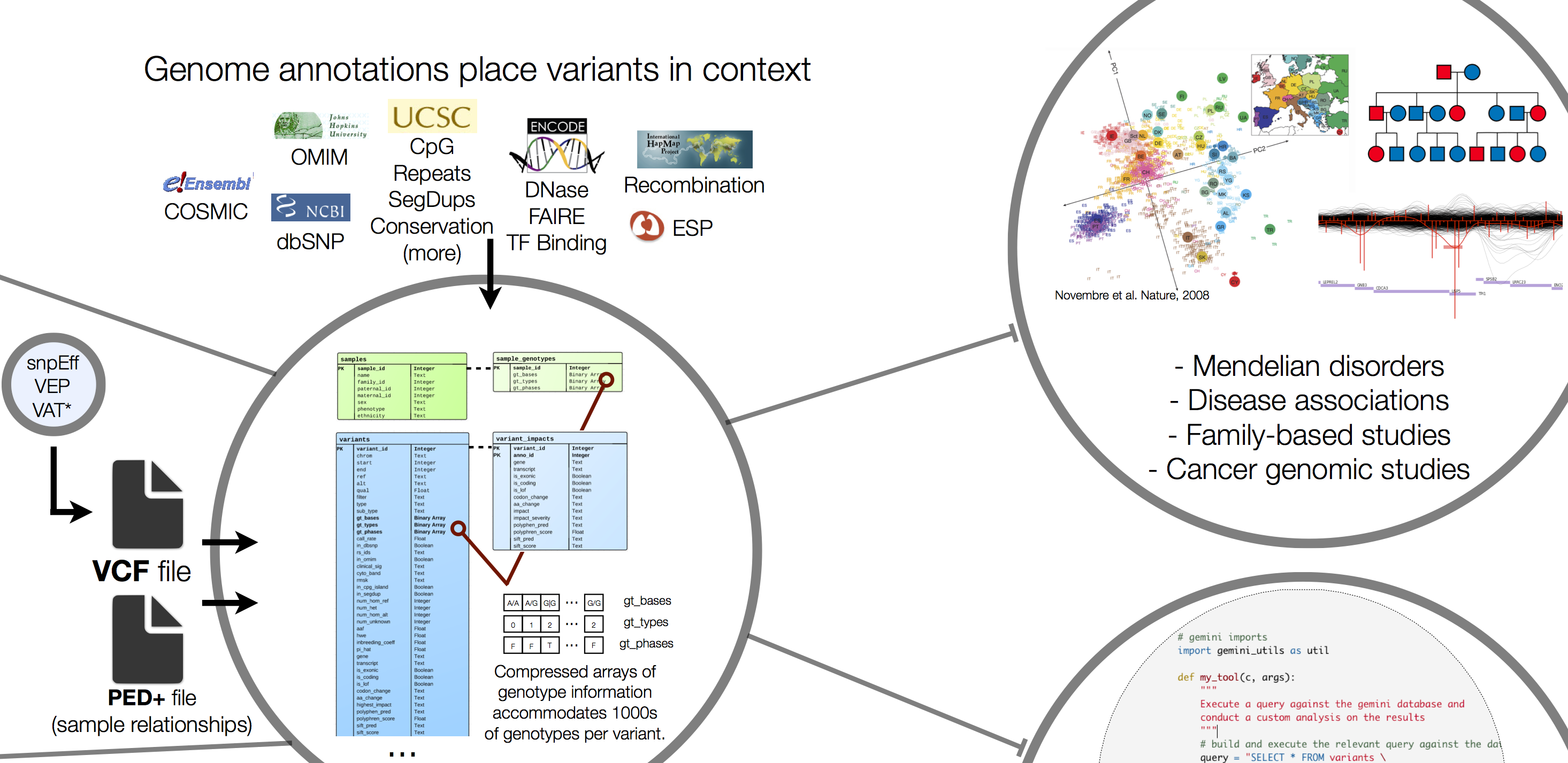
The VCF converter is always available online and is completely free. You can convert your VCF documents from anywhere, from any machine or even from a mobile device. All documents are removed from the cloud after 24 hours. Expand the ConvertOptions and fill the fields for watermarking.Ĭonverted TXT files are stored in the cloud. Or you can add a watermark to the converted TXT file. Annotated VCF files contain two gdcWorkflow lines, one that reports the variant calling process and one that reports the variant annotation process. Some key components of this section include: gdcWorkflow: Information on the pipelines that were used by the GDC to generate the VCF file. which type of data would be considered essential, like a unique ID for variant annotation (for example. A VCF file starts with lines of metadata that begin with. But the filed with the ID contains a dot. Similarly, use to annotate VCF sample rows with metadata and. vcf file contains chromosome, position etc. See the example in the Attributes files section. The single-line description contains a greater-than (>) symbol in the first column, followed by the sequence name.
#Annotate a vcf file with atext file password#
Just expand LoadOptions and enter the password of your file. Each sequence begins with a single-line description, followed by lines of sequence data. For example you can convert password protected documents. the following text in the header line of the VCF file: referenceGRCh38. You even can perform more advanced conversions. Annotate Variants analysis workflows also accept a compressed VCF file that.
#Annotate a vcf file with atext file download#
Once conversion completed you can download your TXT file. Just drag and drop your VCF file on upload form, choose the desired output format and click convert button. You can convert your VCF documents from any platform (Windows, Linux, macOS). DISPLAY_NAME can be blank.Convert your VCF files online. If multiple alleles are in the same locus, you will see multiple such notations in the INFO field. It contains five columns: GENE, SITE, ALT, DISPLAY_NAME, and FEATURE. You can open the new VCF file in a text editor and check what has been changed in the file: the INFO field in the VCF file now contains annotations that you need, starting with the string ANNOVARDATE and ending with the notation ALLELEEND. Open up the config/DRMs-AAnuc.tsv file to see the format of a file that specifies sequence traits. Here, we’ll run this step as an example, even though it won’t add anything to the tree for this dataset.

There are other files you will need if you want to perform certain steps, like masking. This dataset doesn’t actually contain any drug resistance mutations, but identifying such mutations is often of interest to those working on tuberculosis. A Nextstrain build with VCF file input starts with: A VCF file containing all the sequences you want to include (variable sites only) A FASTA file of the reference sequence to which your VCF was mapped. Sequence-traits can identify any trait associated with particular nucleotide or amino-acid mutations, not just drug resistance mutations (DRMs). """ augur mask -sequences """ Identify Drug Resistance Mutations We’ll need to specify these starting files at the top of our Snakefile: filter lets you do this.įor this example, we’ll just exclude sequences in the file dropped_strains.txt. You may also wish to downsample your data based on certain criteria. Sometimes you may want to exclude certain sequences from analysis. vcf instead.Īll the data you need to make the TB build are in the data and config folders. Here, we’ll usually keep our output VCF files gzipped, by giving our output files endings like. I have tried to use VCF-VCF intersect but I dont think it has given me what I want. It can also produce either gzipped or un-gzipped VCF files as output (detected from the file ending you provide). I have a vcf file created in freebayes (v.0.0.2), and I would like to annotate the file with rs id so I can filter them out and obtain just a list of novel variants. However, Augur can take gzipped or un-gzipped VCF files. Here, our input file is compressed with gzip - you can see it ends with. Otherwise, you’ll need to provide files specific to your pathogen. If you are also working with TB sequences, you may be able to use the files provided here on your own data.

Inferring Sequence Traits (like Drug Resistance)Ĭonstruct an Initial Tree to Get the Topologyįix Branch Lengths & Get a Time-Resolved TreeĪ Nextstrain build with VCF file input starts with:Ī VCF file containing all the sequences you want to include (variable sites only)Ī FASTA file of the reference sequence to which your VCF was mapped.Finding a translate and align reference file.output: N/S, dN/dS, and other evolutionary parameters (has a great number output files) Note: This program is only for model species with annotated genomes. Manually Labeling Clades on a Nextstrain Tree SNVer-input: BAM files & a text file with the BAM file names, number of haploids, number of samples, and filtering thresholds.


 0 kommentar(er)
0 kommentar(er)
